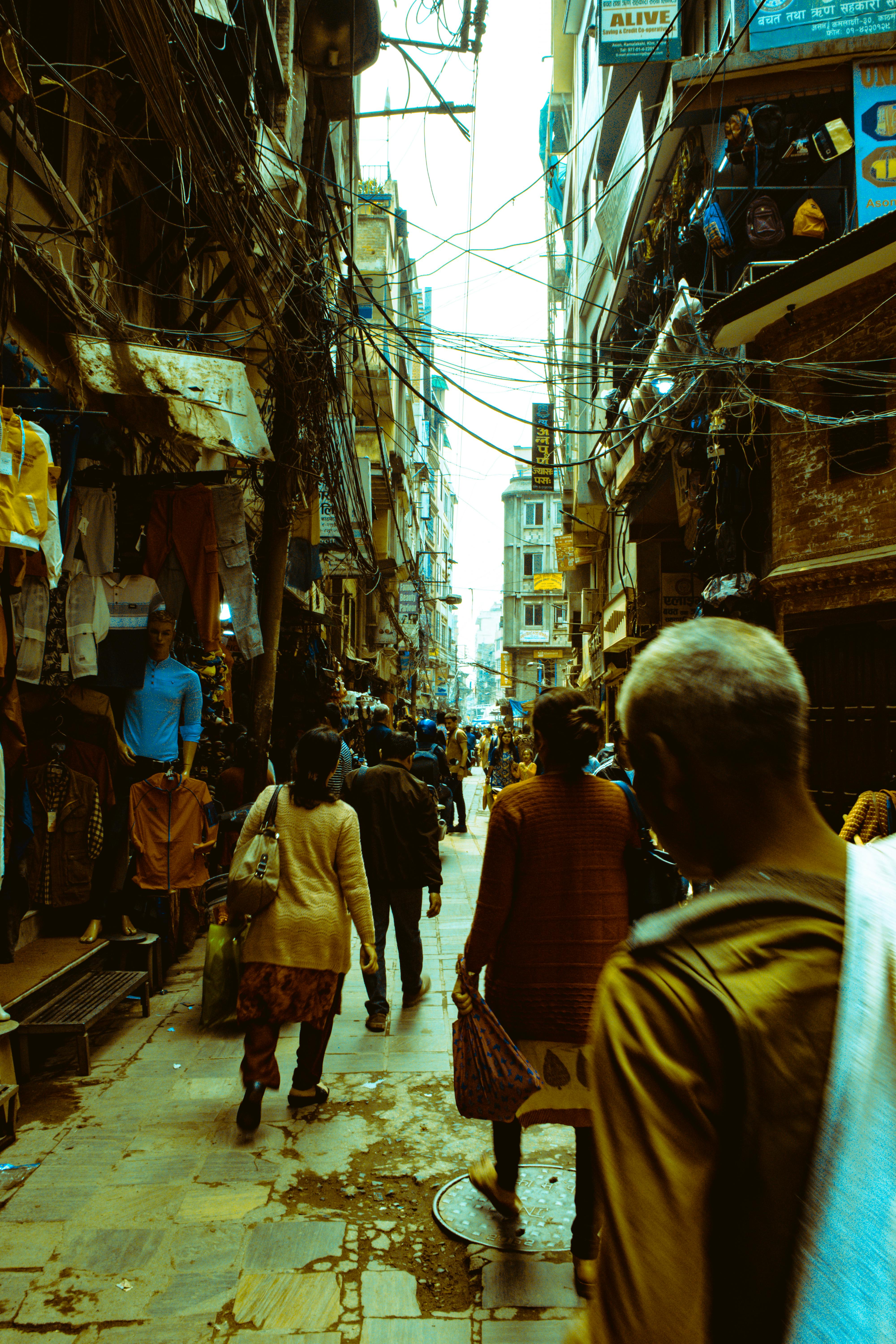I remember my first distinct memories of the USA. There were many memories that I can recall, however the most deeply imprinted is the impression of my uncle's house. We were visiting the USA for the first time and it was my first morning in the USA. What I can remember is that the grass was very green, and the trees just large enough to provide a feeling of calm and security but not large enough to take attention away from the neighborhood. Also, everything was so orderly. The lawn had a certain point where it would end, and immediately after the sidewalk would follow. The distance for the sidewalks were standard and very large. They were smooth and gray. The roads were smooth, dark, and very large. The sky was also blue and wide. For whatever reason, I felt that the sky was higher in the USA. In Kathmandu, maybe it's the altitude or the pollution or even psychological reasons but I felt that we were closer to the sky and that it was less expansive. The air was very clean—a clean that you cannot describe easily unless you’ve felt the opposite: dirty air. In contrast to the air that is heavy, tiring, and has a lingering smell, the air here was light and fresh.
I think 'clean,' that word is a big indicator of what I felt about America and Americans as a whole. They were clean. Not only in terms of the environment but in terms of how they dressed, how they talked, and so many things. When speaking, they spoke English but with a certain silkiness. Although now it seems obvious, the English I was speaking with my friends back home was completely different. The structure, the tone, the accent. And there were many turns of phrases and other things that were different. In hindsight, I should not have been surprised that the English was so different. But I was.
The trait of orderliness and patterns was going to follow me in my time in the USA. The cities, at least within the same state, were quite similar. Each of the highway rest stops were quite similar. The design of cities, the stores, and even the streets were quite similar. There are definite differences in the societies that are reflected in the way cities and lives are designed. Here there are wide roads, with space enough for cars to pass by each other at a distance. The stores have similar patterns in all their locations, and it is difficult to find stores that run individually, especially groceries, clothing, and the like. Most of them are chains.
In contrast, the streets of Nepal are very random and almost self-growing. There is very little planning, and much of the shops, streets, and public infrastructure is due to immediate need and not some long-term planning. The streets are tiny, in comparison to the amount of traffic they accommodate. Most of the stores are completely privately run, with very few similarities in their design even among owners in the same street, let alone the same city. The electricity poles have tangled wires like the most messed up hair. Each of the countless wires in the street serves who knows what.
The streets of Kathmandu are symbolic of the current Nepal. Chaotic, every person for himself, where the long-term public thinking is pushed on the back burner.
Rome seems to be in the Goldilocks zone. Where there is controlled chaos. Unlike Kalamazoo, it does not feel like you are living in an ever-present and ever-expanding grid. There are countless examples of randomness, and visiting each store feels like a unique experience. There are small and random grocery stores, tiny hole-in-the-wall restaurants that have been passed down the family tree, and each street feels unique. However, there is a control to it. The trees may be different from each other, but they are safe and in proper size. The streets are a mixture of cobbled and pitched.

